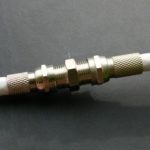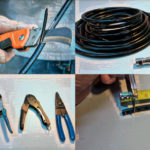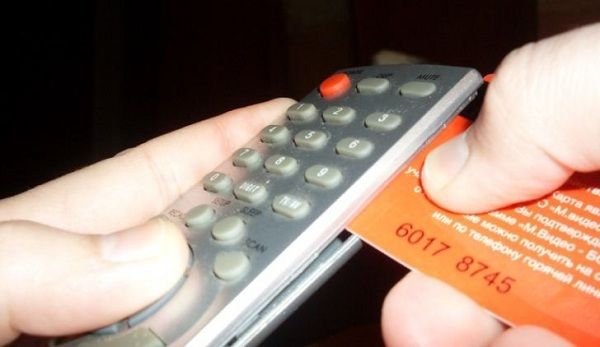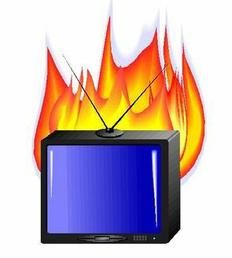Which antenna splitter for 2 TVs is better?
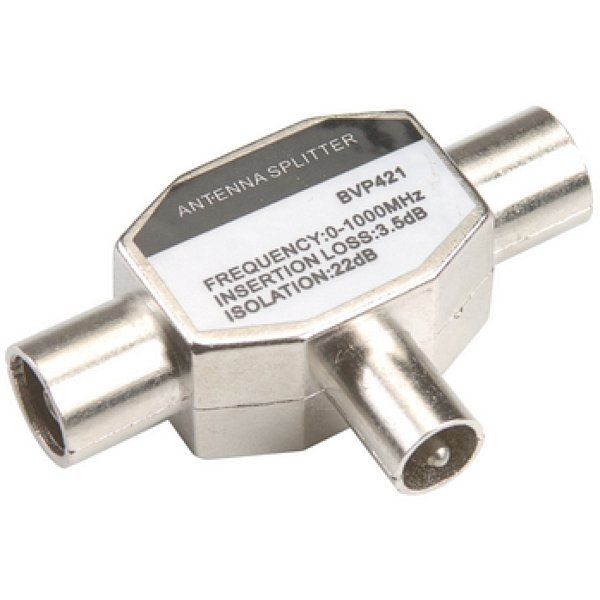 Answer me: without what is the New Year impossible? We are more than sure that you will remember the Christmas tree and the TV. Together with Olivier salad and tangerines, it has become an invariable attribute of the holiday, which sets the mood and creates a festive atmosphere. Gone are the days when the whole family gathered in front of one TV. Now it is in every room, kitchen, and, as the comedian noted, even the cat has a small TV. An antenna splitter will allow you to ensure that each family member watches a program that is interesting to them.
Answer me: without what is the New Year impossible? We are more than sure that you will remember the Christmas tree and the TV. Together with Olivier salad and tangerines, it has become an invariable attribute of the holiday, which sets the mood and creates a festive atmosphere. Gone are the days when the whole family gathered in front of one TV. Now it is in every room, kitchen, and, as the comedian noted, even the cat has a small TV. An antenna splitter will allow you to ensure that each family member watches a program that is interesting to them.
The content of the article
Antenna splitter
An antenna splitter is a passive device that will divide the signal between all connected devices so that everyone watches the broadcast with the same quality. Losses (interference) will be minimal. Depending on the needs of the user, there are three varieties:
Splitter (divider). This is a splitter that divides the input signal evenly between connected devices. Optimal for connecting up to 3 devices. If more, you will need a splitter with an amplifier.
Diplexer (adder). Mixes signals from different ranges, for example, satellite and terrestrial channels, and then transmits them over one cable. At the entrance of the apartment, it works on the opposite principle - they separate the received signals, connect the signal from the satellite or the airwaves to the users’ TVs. The design includes filters that minimize interference.
Coupler (tap). Distributes the signal through the backbone intra-house network. For example, networks of an apartment building. The number of outputs is equal to the number of connected devices. Due to the wide range and normalized attenuation coefficient, it equalizes the signal level throughout the network.
Most often, a splitter is installed on the cable entering the apartment, which distributes the signal among the rooms. Therefore, there will be recommendations on which one to choose.
Device design
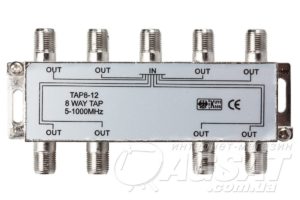 The design is a small box made of light metal - brass or silumin, with F-connectors and ears for fastening. On the one hand, a plug for the incoming cable, on the other, two or more - for connecting devices. The housing is hermetically sealed. There is paper pasted on the top cover with the name and characteristics.
The design is a small box made of light metal - brass or silumin, with F-connectors and ears for fastening. On the one hand, a plug for the incoming cable, on the other, two or more - for connecting devices. The housing is hermetically sealed. There is paper pasted on the top cover with the name and characteristics.
IMPORTANT: The device will be better if it contains an RF transformer with high resistance. The downside is that they are expensive and can only divide the signal between two TVs. If this is not enough, then purchase a divider with several resistors connected in series.
Choosing a splitter
To begin with, the parameters that must be taken into account when choosing:
- Determine the range of frequencies, channels.
- How many devices are planned to be combined.
- Determine the cable cross-section.
- Establish the qualifications and desire of the performer.
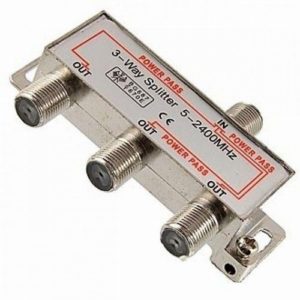 Choice according to the following algorithm:
Choice according to the following algorithm:
- We go to the TV menu, find a table with the frequencies of all channels received by the TV receiver. The upper frequency must be within the frequency range at which the splitter operates.
- We count the devices that we plan to connect and add a few for the future. Select a splitter with the required number of outputs.
- Let's look at the signal attenuation. Indicated in dB.This parameter is written on the device body or passport. The lower the value, the better.
- Appearance. Since the device will be in plain sight, take care of its appearance. If you plan to place it inside a cable duct, the divider should fit freely there.
- Fasteners The housing usually has holes for fastening. It shouldn't just hang around, because... This is not pretty, the wire contact may be bent or chafed, which means failure.
- Choose a connection method based on what cables are used, your own skills and abilities to connect two wires, and perform high-quality soldering. There are splitters with screw connections on sale, but they are designed for thin cables. If you are not confident in your abilities, then take this one. Devices with coaxial connectors are sold. Here you can use any cable diameter, but you will first have to solder the antenna plug.
- Don’t make a mistake when purchasing – choose a splitter, and not a similar-shaped device for another purpose. Consult with the seller, look on the Internet to see what it looks like.
Connection
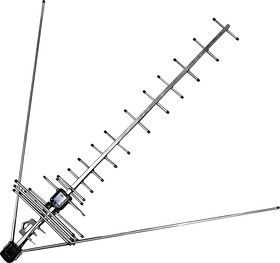 Connection involves a few simple steps and will take no more than 20 minutes:
Connection involves a few simple steps and will take no more than 20 minutes:
- We find a flat surface not far from the entrance to the apartment. We install it in such a way that it is convenient to run the wires coming from it. If necessary, close it.
- Remove the plugs from the connectors.
- We insert the cables into the TV antenna socket, attach the other end to the divider connector.
- We connect the incoming antenna cable to the splitter input.
IMPORTANT: When buying a device “for growth”, it is advisable to plug the free connectors with a 75 Ohm resistor.

